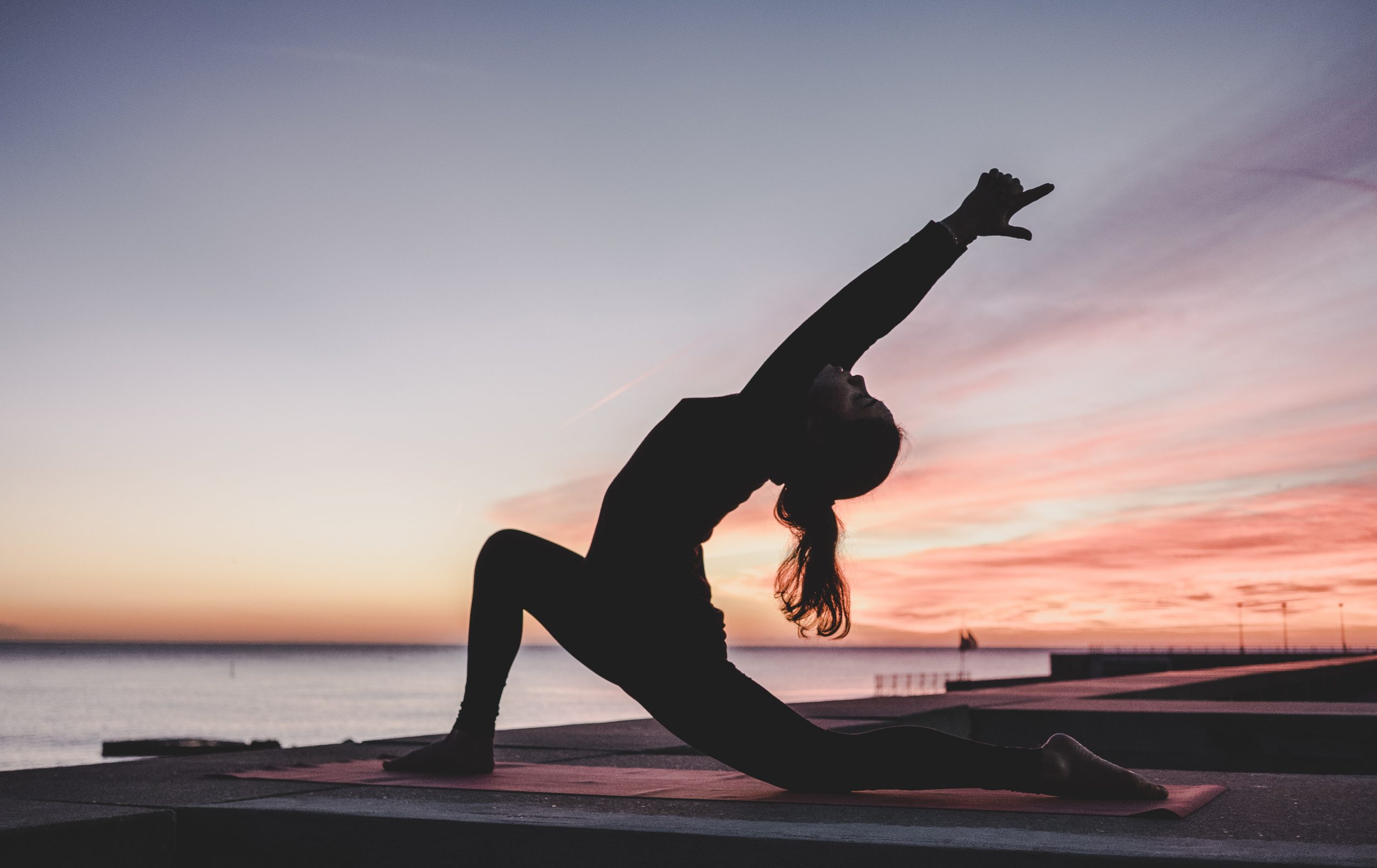Yoga: Elevate Your Practice – A Guide for Intermediate Practitioners
Embarking on the intermediate stage of your yoga journey is an exciting phase, signaling progress and a deeper connection with your practice. In this blog post, we’ll explore intermediate-level yoga, focusing on poses, sequences, and two dynamic styles – Vinyasa and Ashtanga. Discover tips to take your practice to the next level and enrich your yoga experience.
Intermediate-Level Poses:
1. Bakasana (Crow Pose): A challenging arm balance that builds core strength and balance.
2. Ardha Chandrasana (Half Moon Pose): Enhance your focus, coordination, and hip strength with this standing balance pose.
3. Pincha Mayurasana (Forearm Stand): Transitioning from headstands, this inversion builds shoulder and core strength.
Intermediate Sequences: Crafting sequences tailored to the intermediate level can deepen your practice. Consider incorporating flowing sequences that involve a combination of standing, balancing, and seated poses. This helps build endurance, flexibility, and a greater understanding of the flow between postures.
Vinyasa Yoga: Vinyasa, often called “flow” yoga, emphasises the connection between breath and movement. Incorporate Vinyasa sequences into your practice to enhance the fluidity of your movements. For example, linking poses such as Downward Dog to Plank, then transitioning through Chaturanga to Upward Dog before moving back to Downward Dog creates a dynamic flow that challenges and strengthens the entire body.
Ashtanga Yoga: Ashtanga, a structured and dynamic form of yoga, involves a set sequence of poses performed in a specific order. It incorporates synchronised breath with a progressive series of postures, fostering discipline and physical strength. Ashtanga is excellent for those seeking a more regimented practice. Begin with the Primary Series and gradually progress as you become more comfortable with the sequence.

Tips for Progressing Beyond Basics:
- Consistent Practice: Regularity is key. Aim for at least 3-4 sessions per week to build strength and flexibility.
- Listen to Your Body: Pay attention to how your body responds to different poses. Modify when needed and avoid pushing yourself too hard too quickly.
- Incorporate Inversions: Explore inversions like Headstand or Handstand to enhance balance and build confidence.
- Explore Advanced Workshops: Attend workshops or classes focusing on intermediate and advanced poses to refine your technique.
- Set Realistic Goals: Establish achievable goals for your practice, such as mastering a specific pose or holding a challenging posture for an extended duration.
Embrace the intermediate stage as a period of growth and self-discovery. Whether you find solace in Vinyasa’s fluidity or the structure of Ashtanga, the key is to enjoy the journey. Progress in yoga is not just about mastering poses; it’s about deepening your connection with your body, breath, and mind. May your yoga journey continue to be a fulfilling and transformative experience.

Recent Comments